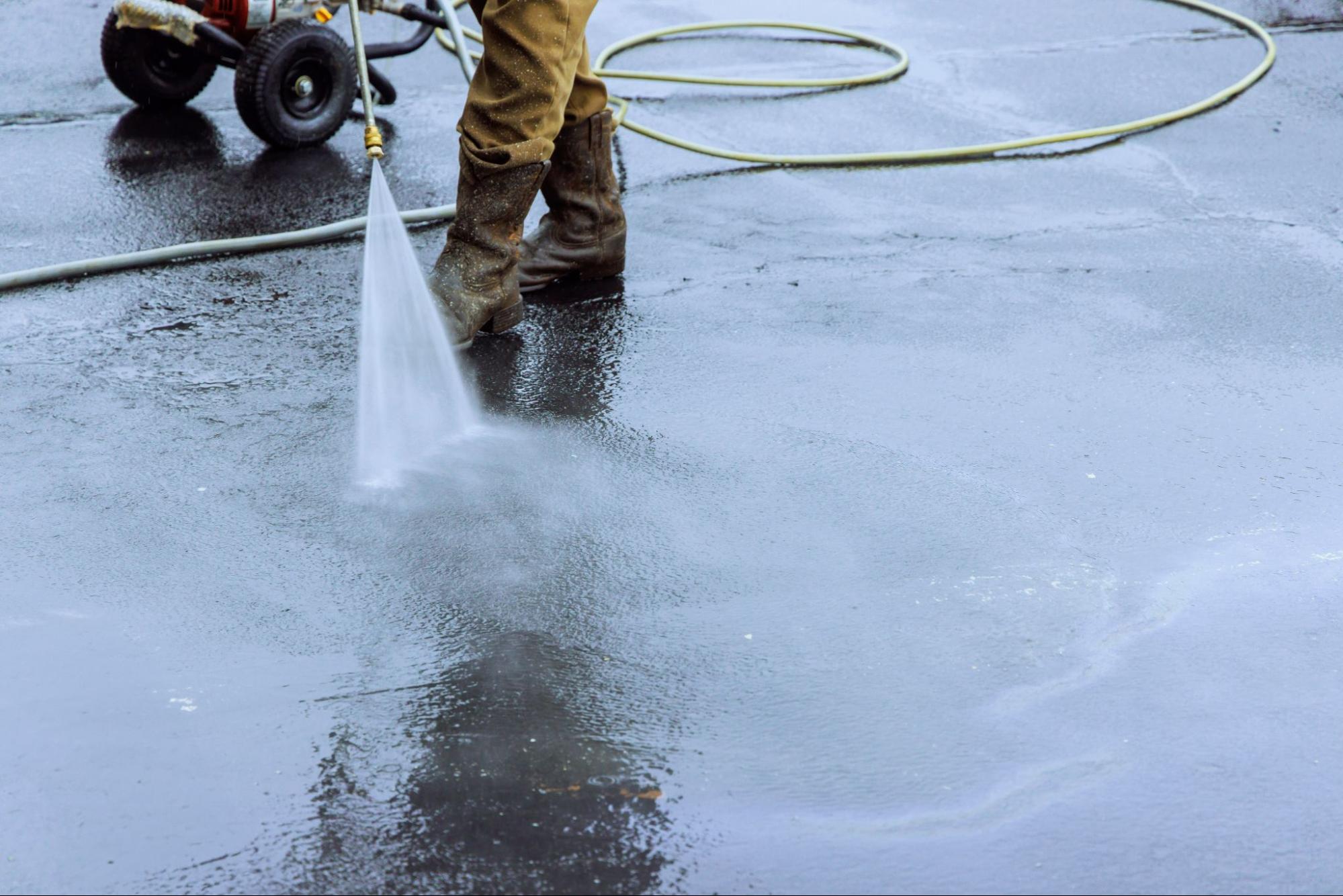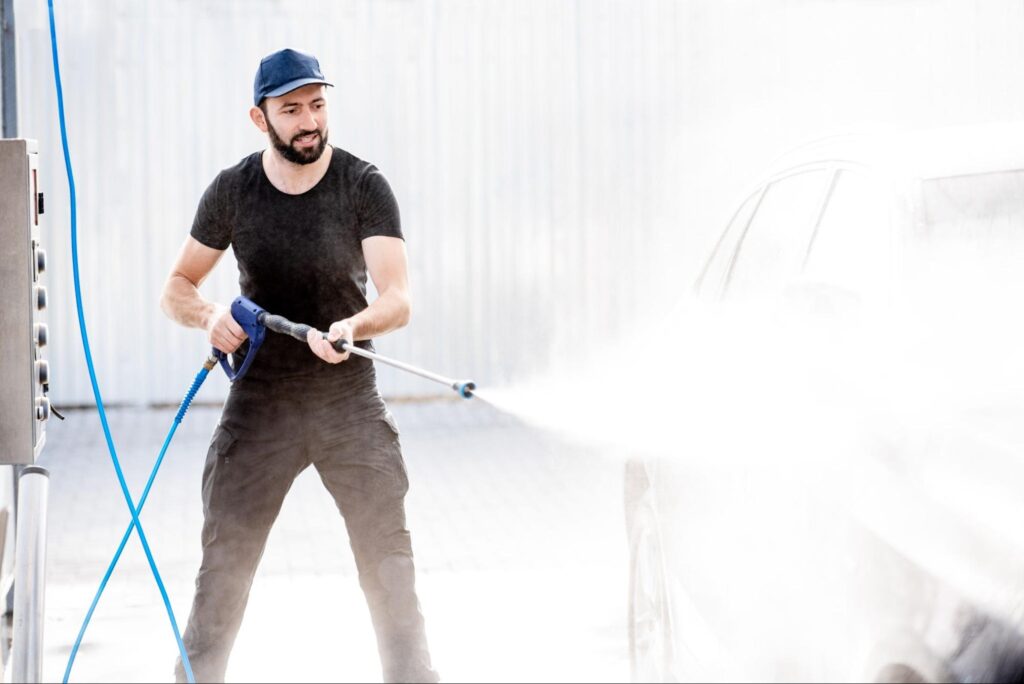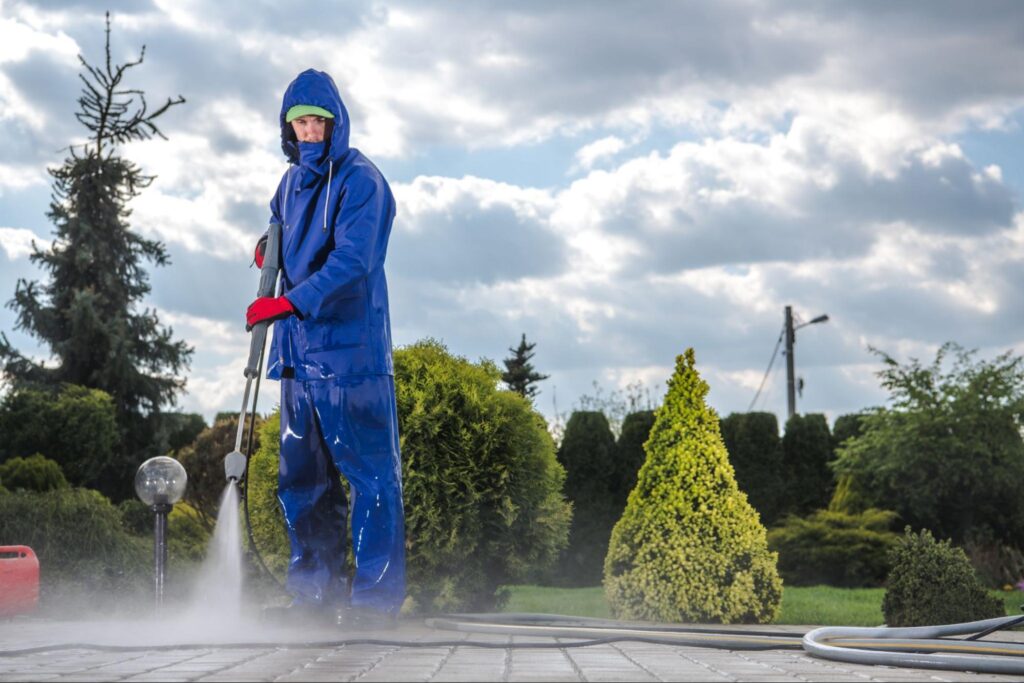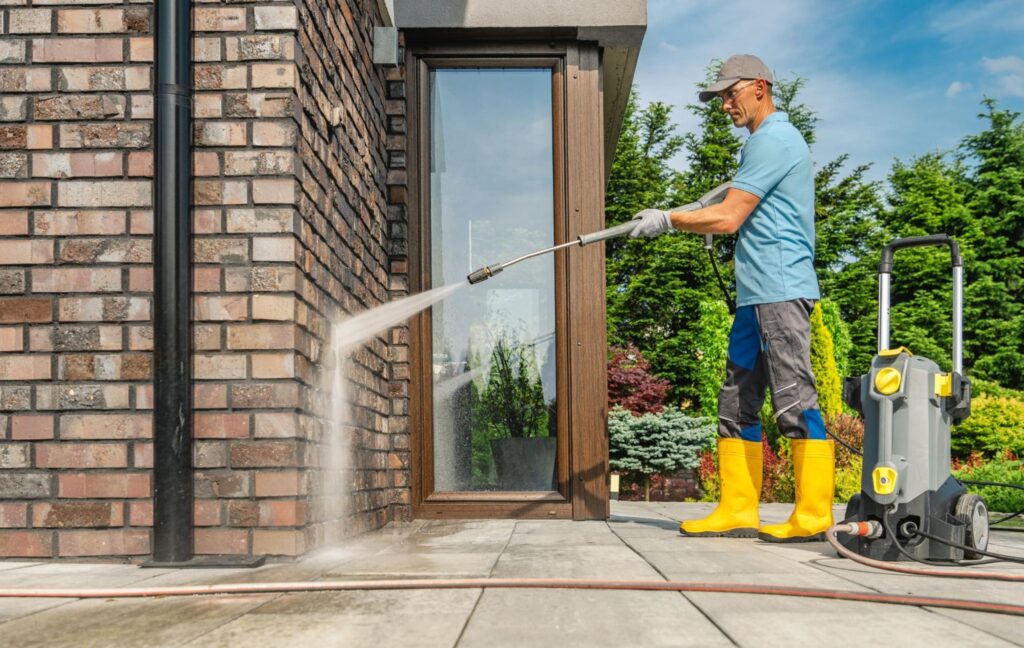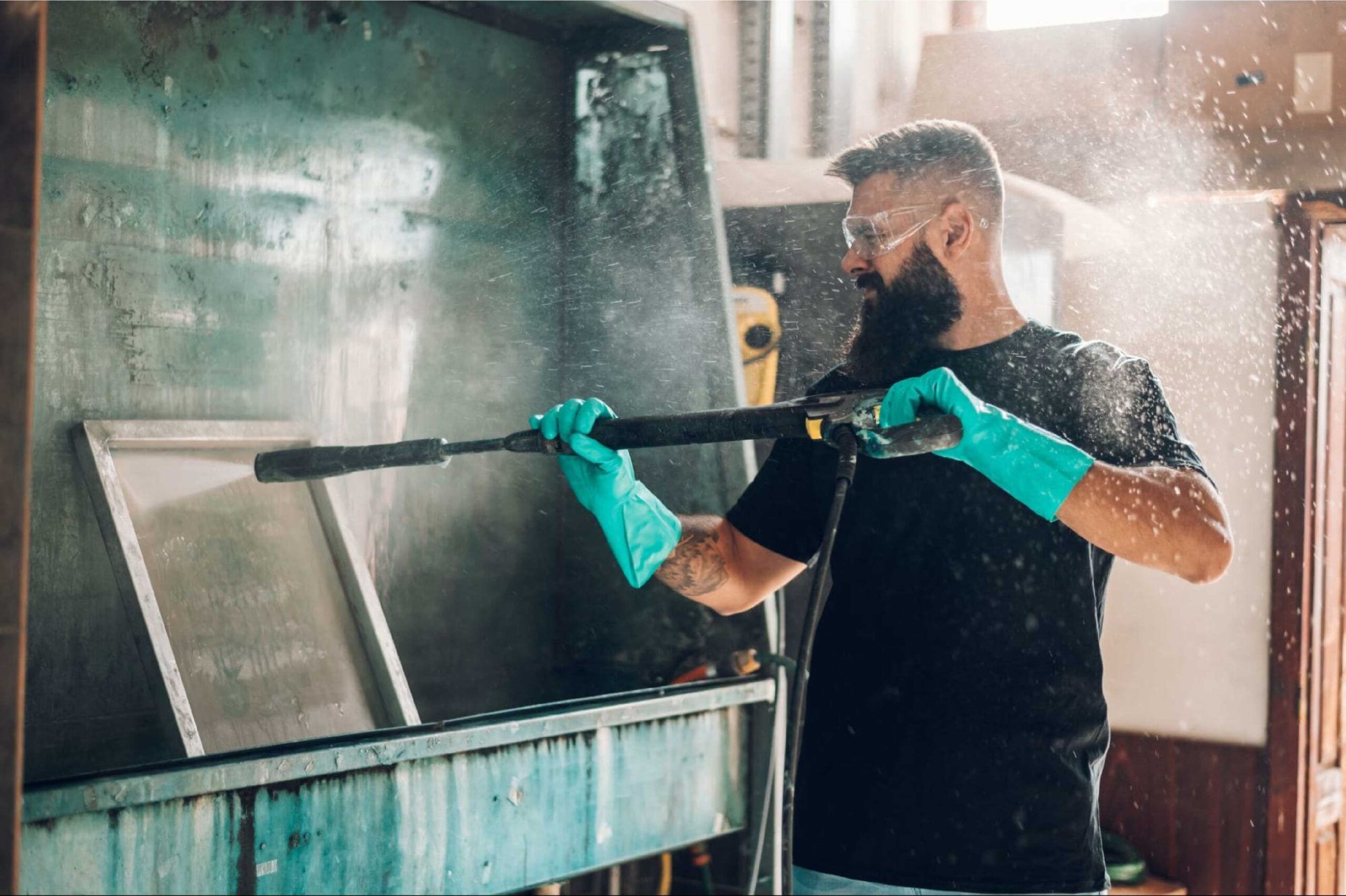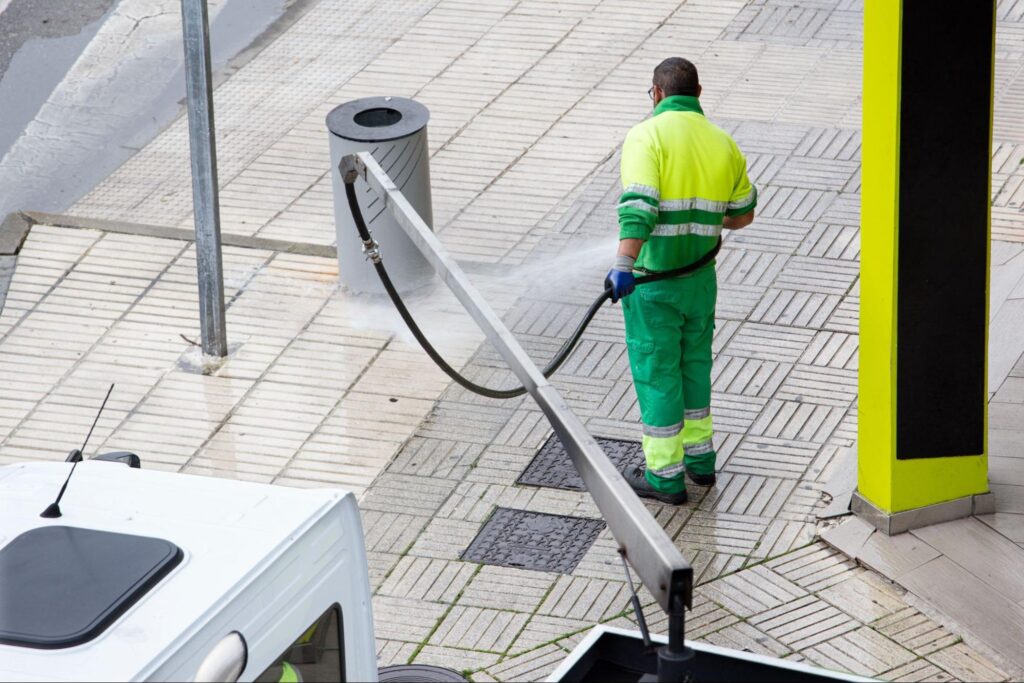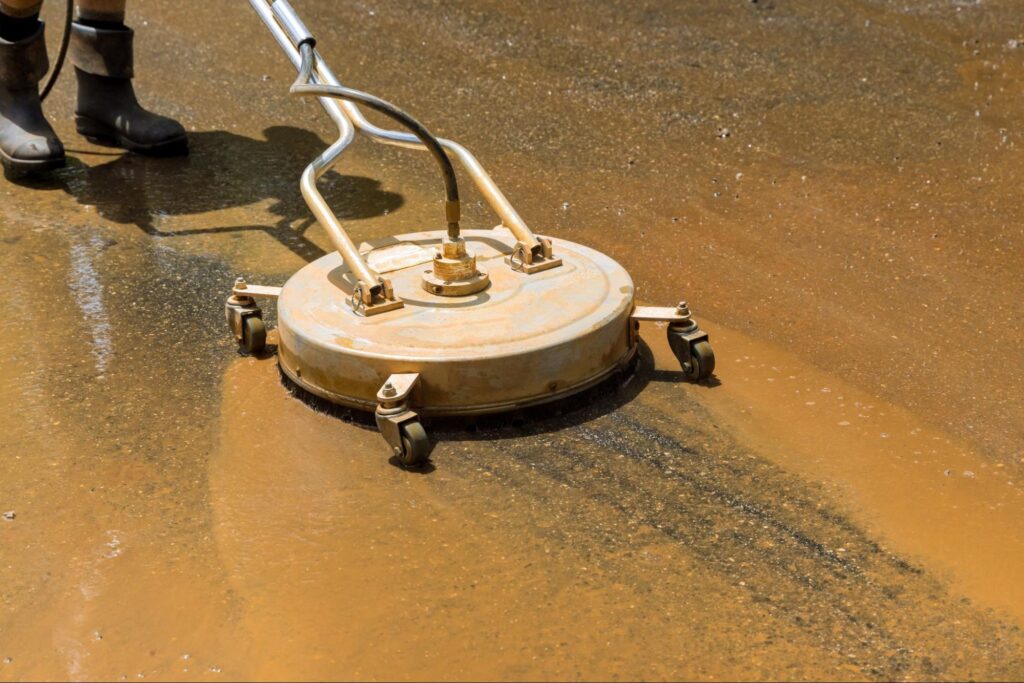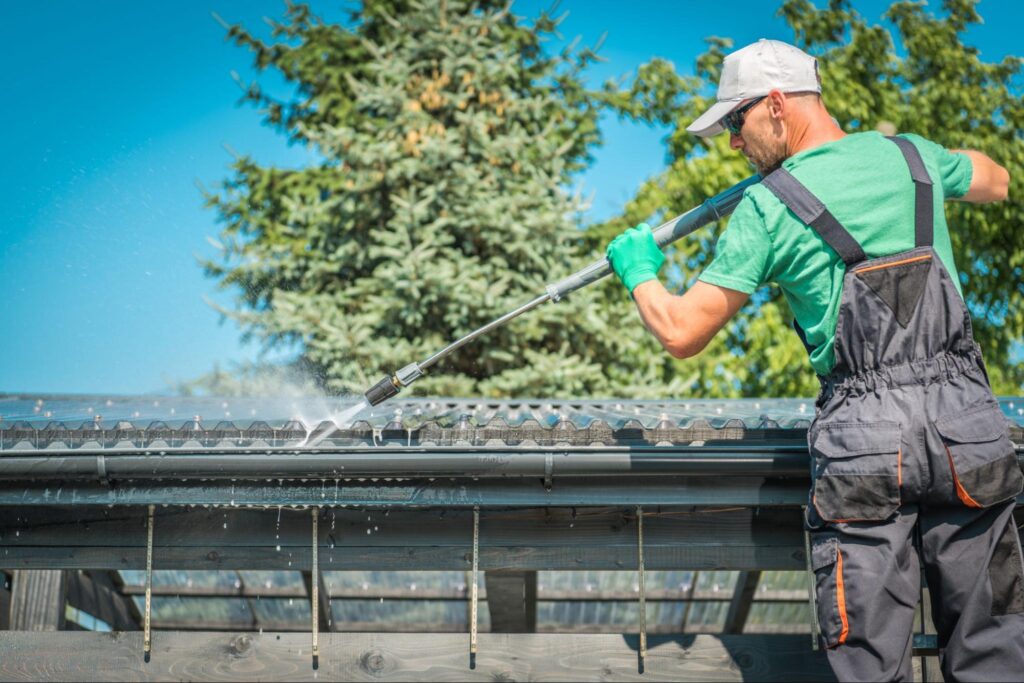The Step-by-Step Process of Professional Parking Lot Cleaning
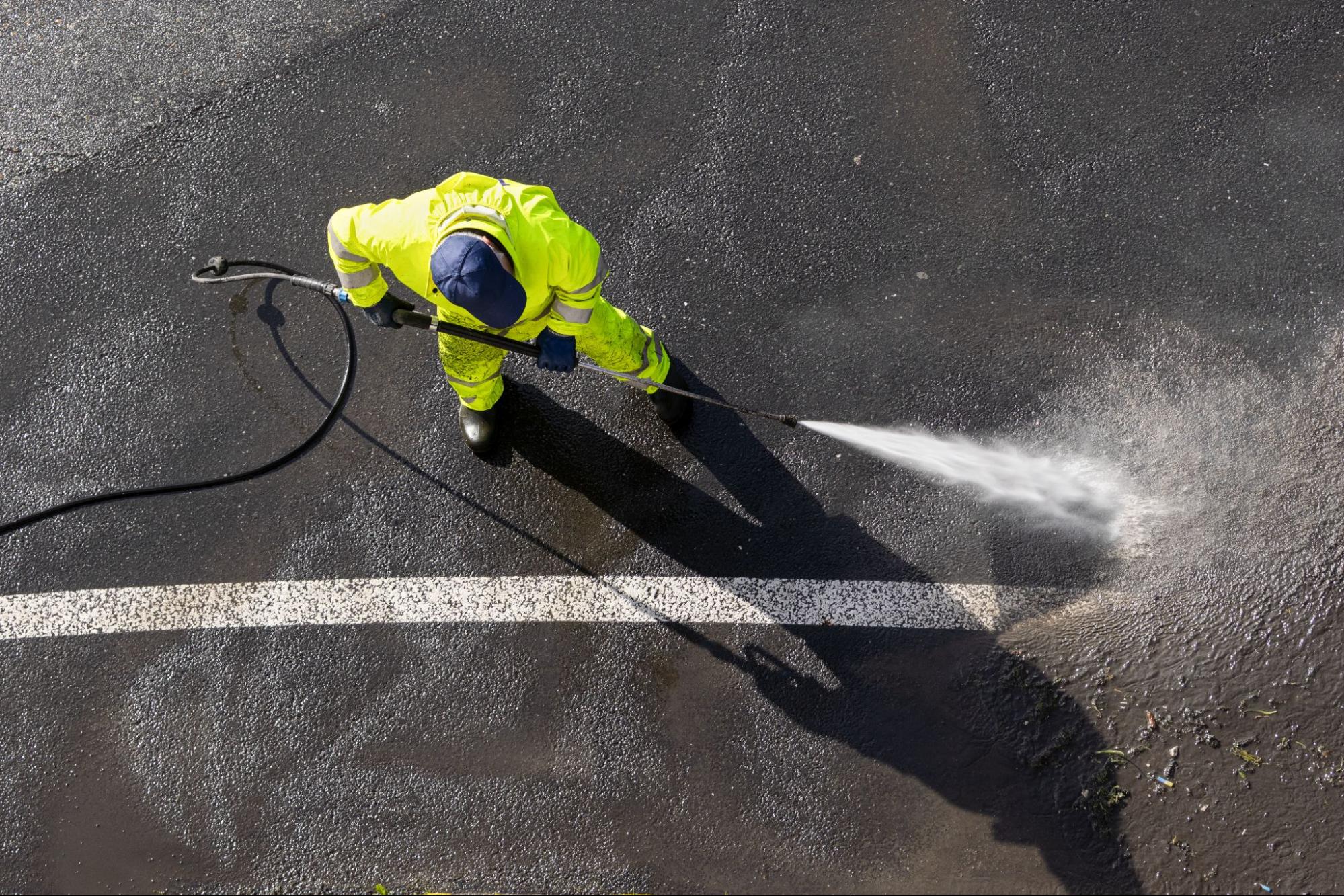
A clean parking lot says more about a business than most people realize. It’s often the first thing customers see, setting the tone for their entire experience. A well-maintained lot conveys organization, safety, and attention to detail, while a dirty or neglected one can have the opposite effect. Professional parking lot cleaning goes far beyond simple sweeping—it’s a structured process designed to preserve pavement quality, improve appearance, and ensure long-term functionality. Understanding how professionals handle this process can help business owners recognize the value of proper maintenance and plan cleanings more effectively.
Why Regular Parking Lot Cleaning Is Essential
Before diving into the steps, it’s important to understand why parking lot cleaning matters. Over time, vehicles leave behind oil stains, dirt, debris, and even harmful chemicals that can deteriorate pavement surfaces. Rainwater then spreads this debris, creating slippery or unsafe conditions for pedestrians. Regular cleaning prevents buildup, protects the asphalt or concrete, and extends the life of your investment. For commercial properties, routine parking lot cleaning also enhances curb appeal, helping attract customers and maintain a professional reputation.
Inspection and Planning
Every professional cleaning starts with a thorough inspection. Technicians assess the parking lot’s current condition, identifying oil stains, cracks, and drainage issues that may require special attention. They also evaluate traffic flow and high-use areas to prioritize cleaning zones. This step helps determine the right equipment, cleaning methods, and solutions for the job. Planning ensures that parking lot cleaning is done efficiently, safely, and with minimal disruption to daily operations.
Surface Preparation
Once the plan is in place, preparation begins. This includes clearing the lot of vehicles, trash, and loose debris that could interfere with cleaning equipment. Large debris such as litter, leaves, or gravel is manually removed, while blowers or sweepers take care of finer dust and dirt. Proper preparation sets the stage for a deeper clean by allowing high-pressure washing or scrubbing machines to contact the pavement directly. This stage of parking lot cleaning is crucial for achieving an even, lasting result.
Sweeping for Initial Debris Removal
Power sweeping is one of the first mechanical steps in the cleaning process. Specialized sweepers move across the parking lot, removing surface dust, dirt, and sand. These machines use rotating brushes and vacuums to ensure no debris is left behind, especially along curbs and corners. Power sweeping not only improves the lot’s appearance but also helps prevent clogging in storm drains and runoff systems. By starting with sweeping, professionals make the rest of the parking lot cleaning process smoother and more effective.
Degreasing and Spot Treatment
Oil and grease stains are some of the most stubborn issues in parking lots. During this phase, technicians apply industrial-grade degreasers to break down oil residues and vehicle fluid stains. The cleaners are left to sit briefly before being scrubbed with mechanical brushes or rinsed with pressure washers. This treatment restores the surface’s original appearance and reduces the risk of long-term discoloration or deterioration. Effective stain removal is one of the most visible benefits of professional parking lot cleaning and helps maintain a polished look for the entire property.
High-Pressure Washing for Deep Cleaning
After stains are treated, high-pressure washing comes next. Using powerful water jets, professionals remove ground-in dirt, gum, mold, and other residues that sweeping and scrubbing can’t reach. This deep-cleaning process restores the natural color of the pavement and eliminates contaminants that can make surfaces slippery. Pressure washing also helps sanitize the lot, reducing bacteria and buildup from vehicle fluids and organic matter. High-pressure washing is a vital step in parking lot cleaning because it achieves the deep cleanliness that sets professional results apart from DIY efforts.
Edge and Curb Detailing
Edges and curbs are often overlooked, but professionals know they make a big difference in overall presentation. During this step, technicians use smaller tools and targeted pressure washers to clean around curbs, wheel stops, and building edges. Removing dirt from these areas helps prevent erosion and staining that can spread to the main pavement. Attention to these details ensures that parking lot cleaning delivers a truly complete and polished finish. Clean edges contribute to the overall aesthetic appeal and show that no area was neglected.
Rinsing and Surface Drying
Once the main cleaning is complete, the surface is thoroughly rinsed to remove any remaining detergent, debris, or residue. Professionals ensure that water flows properly toward drains without leaving puddles or streaks behind. The drying process then begins, aided by air blowers or natural ventilation, depending on the weather. This drying period allows the lot to be reopened safely without the risk of slipping or tire marks. Finishing the parking lot cleaning with proper rinsing and drying guarantees a spotless, professional result.
Post-Inspection and Final Touches
After cleaning, technicians perform a final inspection to confirm that every area has been properly treated. They check for missed stains, uneven drying, or areas that may need an additional rinse. Some services also include minor touch-ups like repainting faded lines or removing lingering gum spots. This final quality check ensures that the parking lot meets both aesthetic and safety standards. A thorough post-inspection completes the parking lot cleaning process with confidence and professionalism.
Sealcoating and Maintenance Recommendations
Once the lot is fully cleaned, some professionals recommend additional maintenance options such as sealcoating. This protective layer shields the pavement from UV rays, oil, and moisture, extending its lifespan even further. Regular parking lot cleaning followed by sealcoating prevents small issues from turning into major repairs. Technicians may also provide guidance on how often to schedule cleanings based on traffic volume and climate. These added recommendations help property owners maintain long-lasting cleanliness and durability.
The Lasting Value of Professional Parking Lot Cleaning
Investing in professional parking lot cleaning offers long-term benefits that go beyond appearance. It preserves pavement integrity, reduces safety risks, and enhances the overall image of the business. Clean lots leave a positive impression on customers and tenants alike, signaling that the property is well cared for. Over time, regular maintenance can prevent costly resurfacing or repairs, turning a small service into a valuable asset for property owners. With a consistent cleaning schedule, your parking lot can remain functional, attractive, and welcoming for years to come.
To learn more about the step-by-step process of professional parking lot cleaning, visit our A Plus Power Cleaning blog.
Recent Post
-
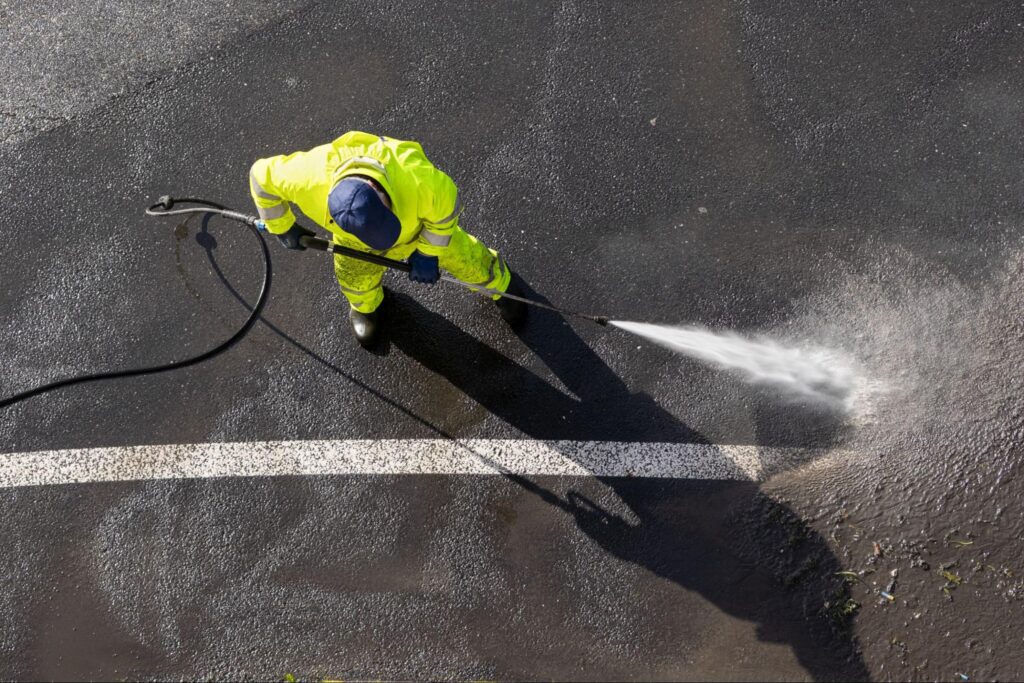 The Step-by-Step Process of Professional Parking Lot Cleaning
The Step-by-Step Process of Professional Parking Lot Cleaning -
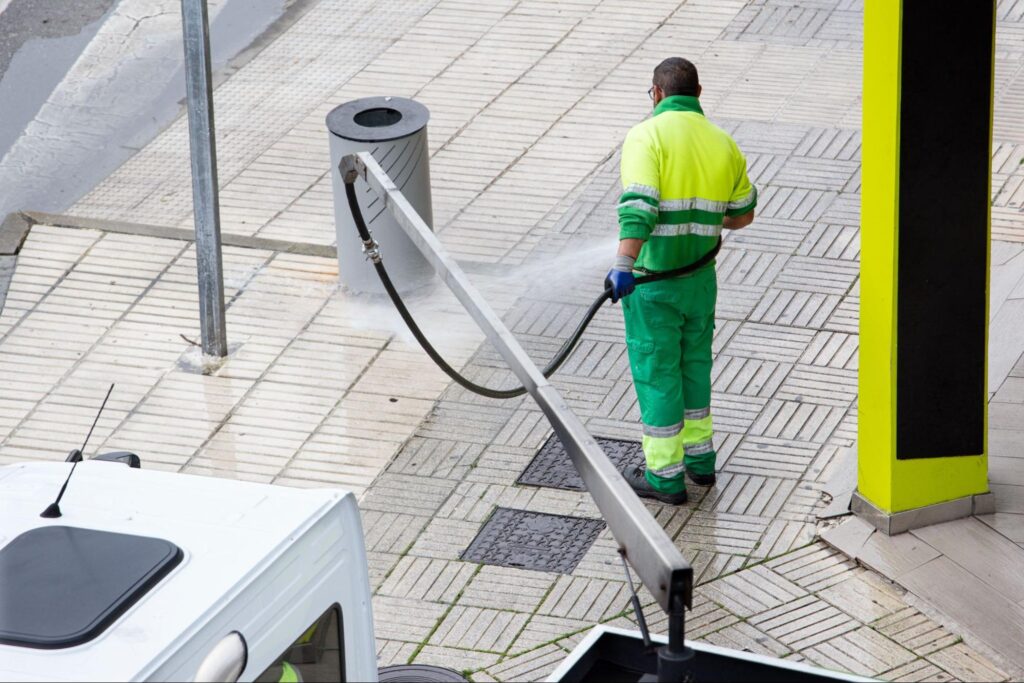 How a Commercial Surface Cleaner Helps Maintain Sidewalks and Parking Lots
How a Commercial Surface Cleaner Helps Maintain Sidewalks and Parking Lots -
 Why More Homeowners Rely on Pool Water Delivery Services
Why More Homeowners Rely on Pool Water Delivery Services -
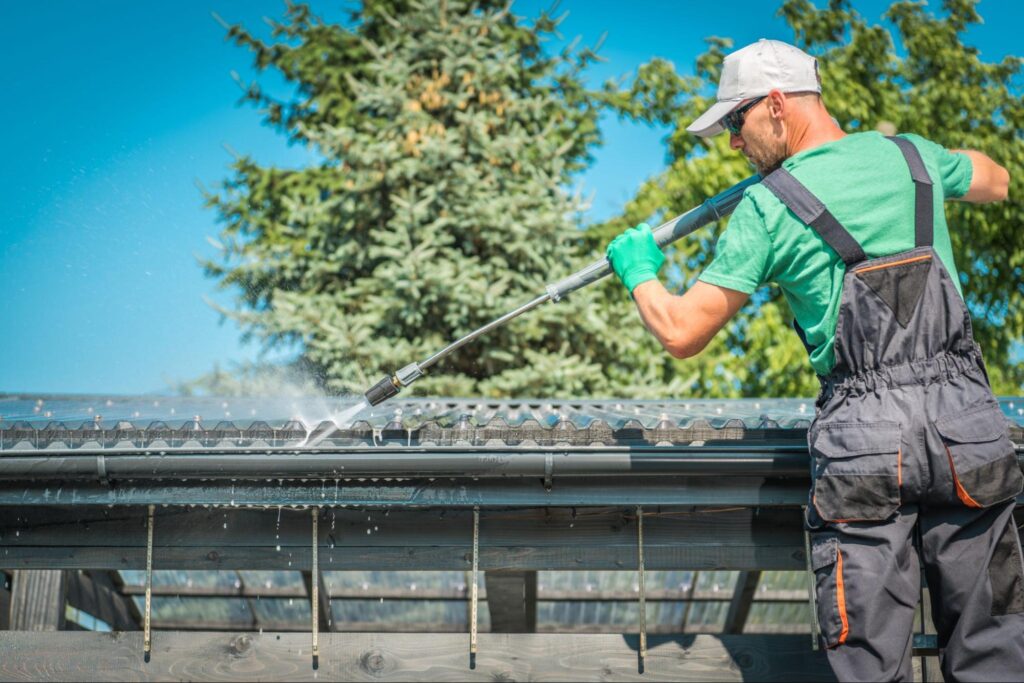 How a Gutter Cleaner Helps Protect Roofs and Foundations
How a Gutter Cleaner Helps Protect Roofs and Foundations -
The Difference Between DIY and Professional Pressure Wash Services
-
What Pressure Washer Companies Do and Why You Need Them
-
Pressure Washing vs. Soft Washing: Which Is Right for Your House?
-
Top Industries That Rely on Industrial Pressure Washing
-
The Benefits of Using a Pressure Washer for House Exteriors
-
The Difference Between Residential and Commercial Pressure Washing
-
What Is a Pressure Washer Surface Cleaner and How Does It Work?
-
The Importance of Regular Gutter Cleaning for Home Maintenance
-
How Weather Conditions Affect High Rise Window Cleaning
-
What Pressure Washing Equipment is Needed for Residential Spaces?
-
What Pressure Washing Equipment is Needed for Residential Spaces?
-
Best Times for Driveway Pressure Washing
-
Pressure Wash vs. Power Wash: What's the Difference?
-
How Often Should You Invest in Roof Gutter Cleaning?
-
Best Pressure Washing Company Near Me in Austell, GA
-
Top Power Wash Company Near Me in Chamblee, GA
-
Top Powerwash Company Near Me in Atlanta, GA
-
Top Pressure Cleaning Companies Near Me Austell, GA: A Plus Power Cleaning
-
Top Pressure Washing Companies Near Me Chamblee, GA: A Plus Power Cleaning
-
Top Pressure Cleaning Companies Near Me Atlanta, GA: A Guide to Power Cleaning Services
-
Best Electric Pressure Washer in Atlanta
-
How Much Does Roof Cleaning Cost in Marietta, GA and Atlanta, GA?
-
How Much Does Pressure Washing Cost in Georgia?
-
What is the Difference Between Power Washing and Pressure Washing
-
What Is Soft Wash Roof Cleaning
-
The Best Way to Use a Pressure Washer Surface Cleaner
-
Gutter Cleaning Services
-
Exterior House Cleaning in Roswell, GA


